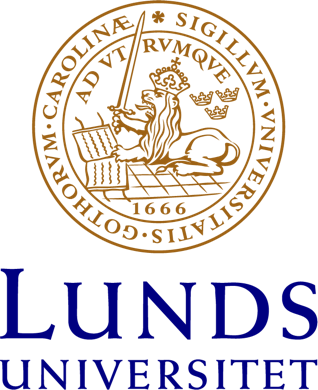Anguiform graffiti in the Roman quarries at Gebel el Silsila
The current issue of Journal of Intercultural and Interdisciplinary Archaeology is mainly dedicated to the various aspects of Renenutet/Isis Thermouthis, but also snake-like deities, their iconography and associated apotropaia. This paper will explore three main topics associated with this topic within the sandstone quarry of Gebel el Silsila: 1) Graeco-Roman anguiform pictorial representations, 2
